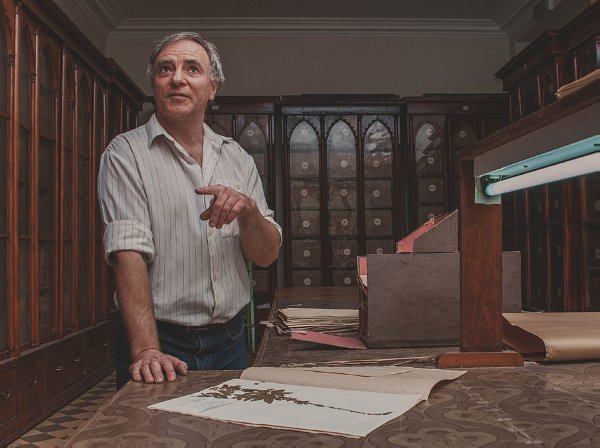About the Museum

The Botanical Museum was established by Karl Fuchs who had just brought first findings from his trip to the Urals in 1801. It was complemented by the collection of Prince Potemkin, donated by Emperor Paul I to the Kazan Imperial School in 1798. Later large collections of abbot de Grenadier (1,500 pieces) and Ruprecht (6,500 pieces) were added, to be later joined by other collections.
After reorganizing university museums in 1991 some collections were taken from the Botany Department and given to Zoology Museum as a Botany Section and as stores of Botany Museum of the Biology and Soils Department (since 1997).
It is difficult to overestimate the value of such herbaria as historical and archive materials, collections of systematic standards irreplaceable for researches on genetics and system classification, taxonomy and ecology, flora and resource studies. That is why the importance of stores of the Botany Department and Botany Museum oversteps the limits of scientific and educational aims of the Botany Department and Kazan University in general.
The collections evoke great interest of researches, teachers and university lectures from Tatarstan, Ukraine and Latvia.
The standard samples (or "types") which were a basis for many descriptions are kept in the Museum. In time the value of samples is increasing. Very often they are irreplaceable as the result of the lost inhabitants, ecological changes or for some other reasons.
The Herbarium was a basis for issued indexes of lichen, cormophytic mosses and vascular plants of Tatarstan. The central and local newspapers often publish materials about new finds. The Herbarium collections were also used in the work on "The Red Book of Tatarstan" (1995).
The most important trends of the Museum activity are:
Preservation and regular acquisition of herbarium collectionsExpeditionsArranging constant exhibitionsMaking collections for practical useDatabase compiling "Electronic herbarium"Issuing series of atlases and indexes.
